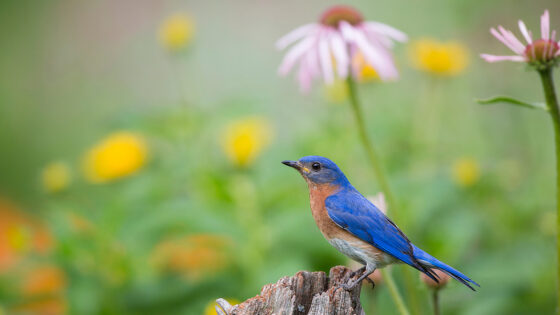
Preserving and establishing forested buffers along streams and rivers is essential for the health of our freshwater ecosystems. These buffers, consisting of native trees and shrubs, play a vital role in preventing erosion, filtering pollutants and excess nutrients, stabilizing streambanks, and moderating water temperatures.
However, planting and maintaining successful buffers is challenging because streamside areas are particularly vulnerable to flooding, erosion, and invasive plant pressures that threaten tree survival.
The success of a forested buffer largely depends on the maintenance regime in the initial years after planting. To ensure our buffers are set up for success, Stroud Water Research Center employs a variety of tools, including mowing, applying stone mulch at the base of each tree, and strategically using pre-emergents and broad-spectrum herbicides for the first three years.
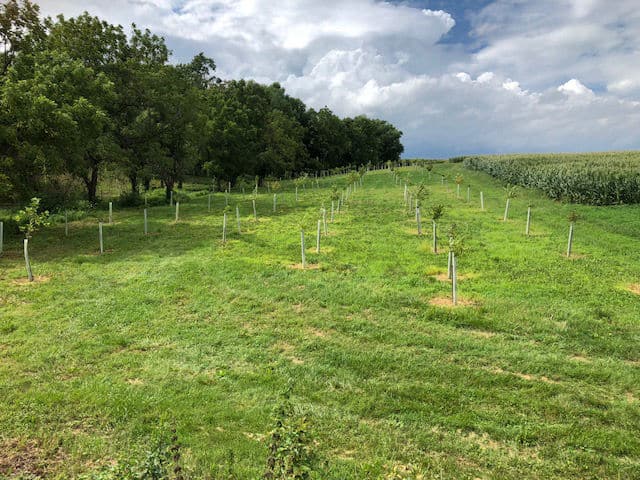
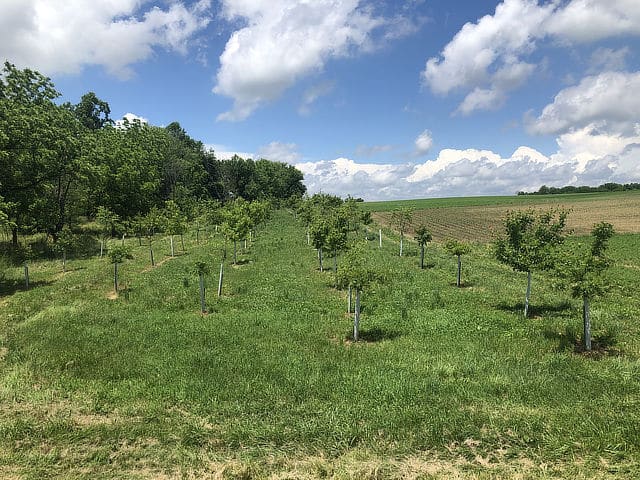
Invasives Threaten Natives
Invasive species pose a significant threat to land managers, as they lack enemies from their native origins to keep them under control. These exotic plants are also often the first to leaf out in the spring and the last to drop leaves in the fall. Their longer growing season increases their time photosynthesizing and producing sugars, helping them become more robust than native counterparts.
Eradicating these species is crucial to prevent them from outcompeting native plant communities. In some cases, hand pulling these weeds may be effective; however, this can be time-consuming, costly, and overwhelming on larger landscapes. Additionally, digging or pulling out plants disturbs the soil and can increase the likelihood of other invasive seeds germinating. When used appropriately, herbicides are one of the most effective ways to manage invasive species on a large scale.
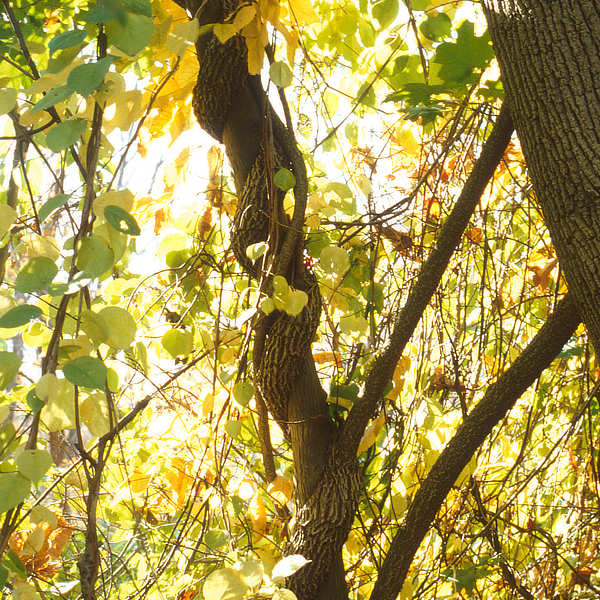
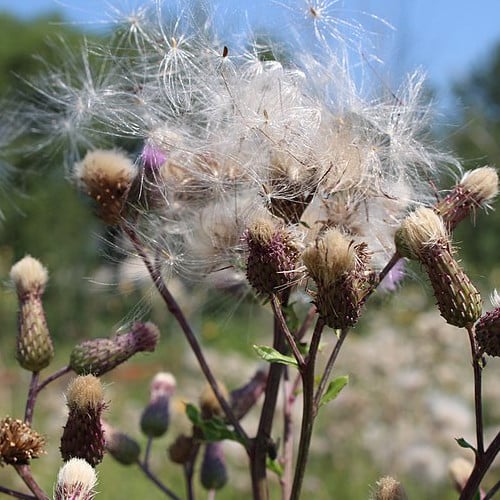
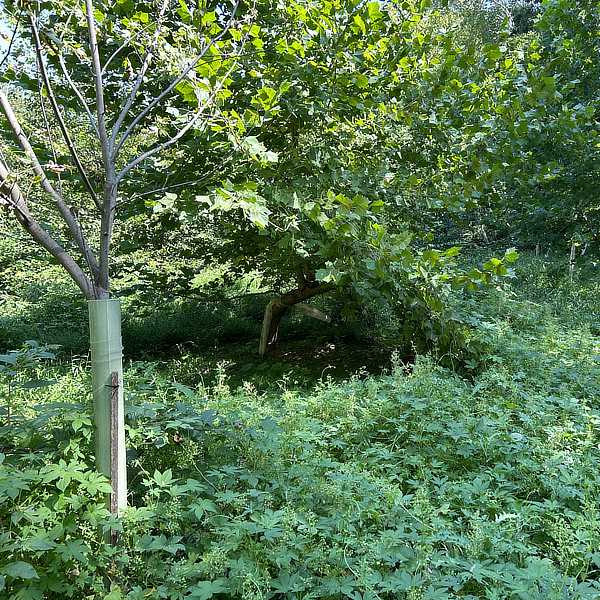
When planting into former agricultural lands, common herbaceous invasives such as reed canary grass, Canada thistle, and mugwort frequently dominate the landscape. They create habitat for meadow voles, which pose a major threat to restoration projects by gnawing on the bark of young trees. Other problematic vines and shrubs like Japanese hops, bittersweet, and multiflora rose will outcompete the native planting and restrict access to the site.
Using Herbicide Safely and Effectively
Combatting these invaders requires a twofold approach. Applying granular pre-emergent inside of tree shelters twice a year prevents weeds from growing up and directly competing with plantings. Controlled spraying of 3-foot-diameter circles around each tree shelter helps manage invasives outside the shelter while reducing vole habitat.
Herbicides work to disrupt plant functions and inhibit growth in a way that kills the individual plant. By applying to the leaves, broad-spectrum herbicides will be absorbed into the plant tissues and transported along with the sugars produced from photosynthesis. Since these compounds target plant tissues, they have relatively low toxicity to animals. However, precautions should always be taken when applying them to reduce excess application and minimize drift.
It’s important to follow recommended procedures to safely and effectively use herbicides in these habitats, and many applicators are certified professionals. Using aquatic-safe herbicides, applying them on dry days with minimal wind, and timing applications with the life cycles of specific plants will significantly reduce potential adverse effects while increasing efficacy.
The best times for application are late summer and early fall when plants begin preparing for dormancy. Applying them at this time allows for more effective control, especially if applied before the invasive species set seed. This targeted approach helps to minimize future invasive populations and promotes the establishment of healthy, thriving forested buffers.
Learn More
Check out a fact sheet on using pre-emergence herbicide as a cost-effective option for controlling weeds, grasses, and vines inside tree shelters.


